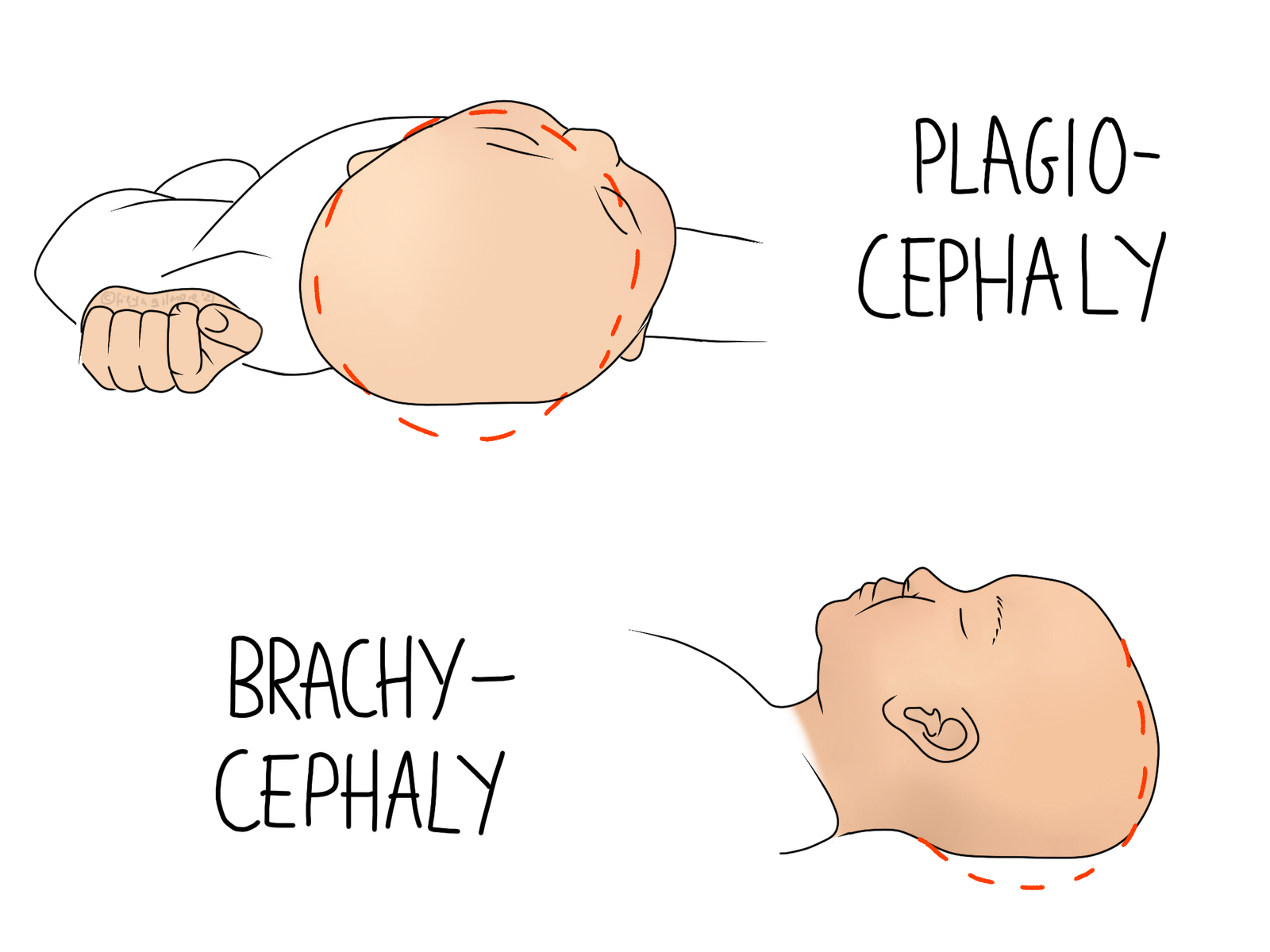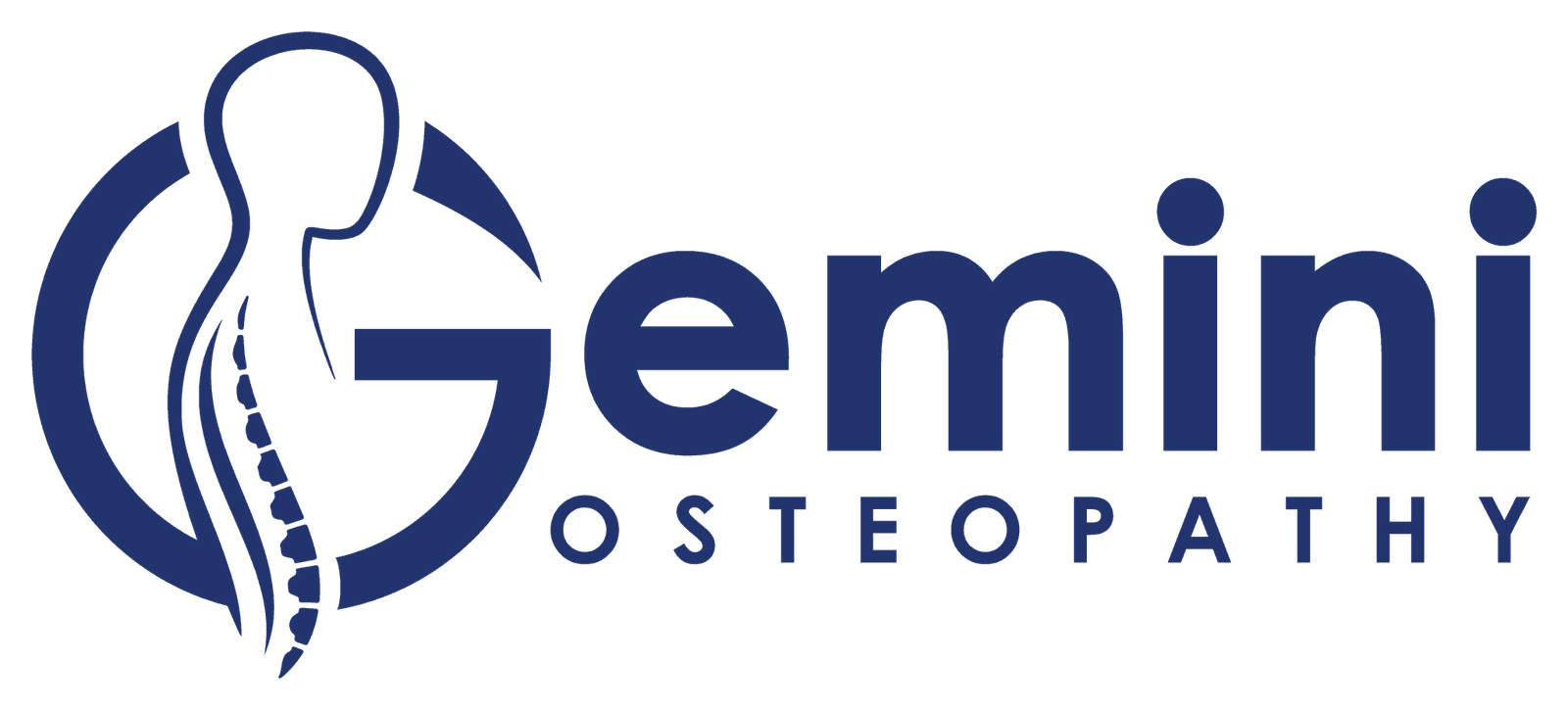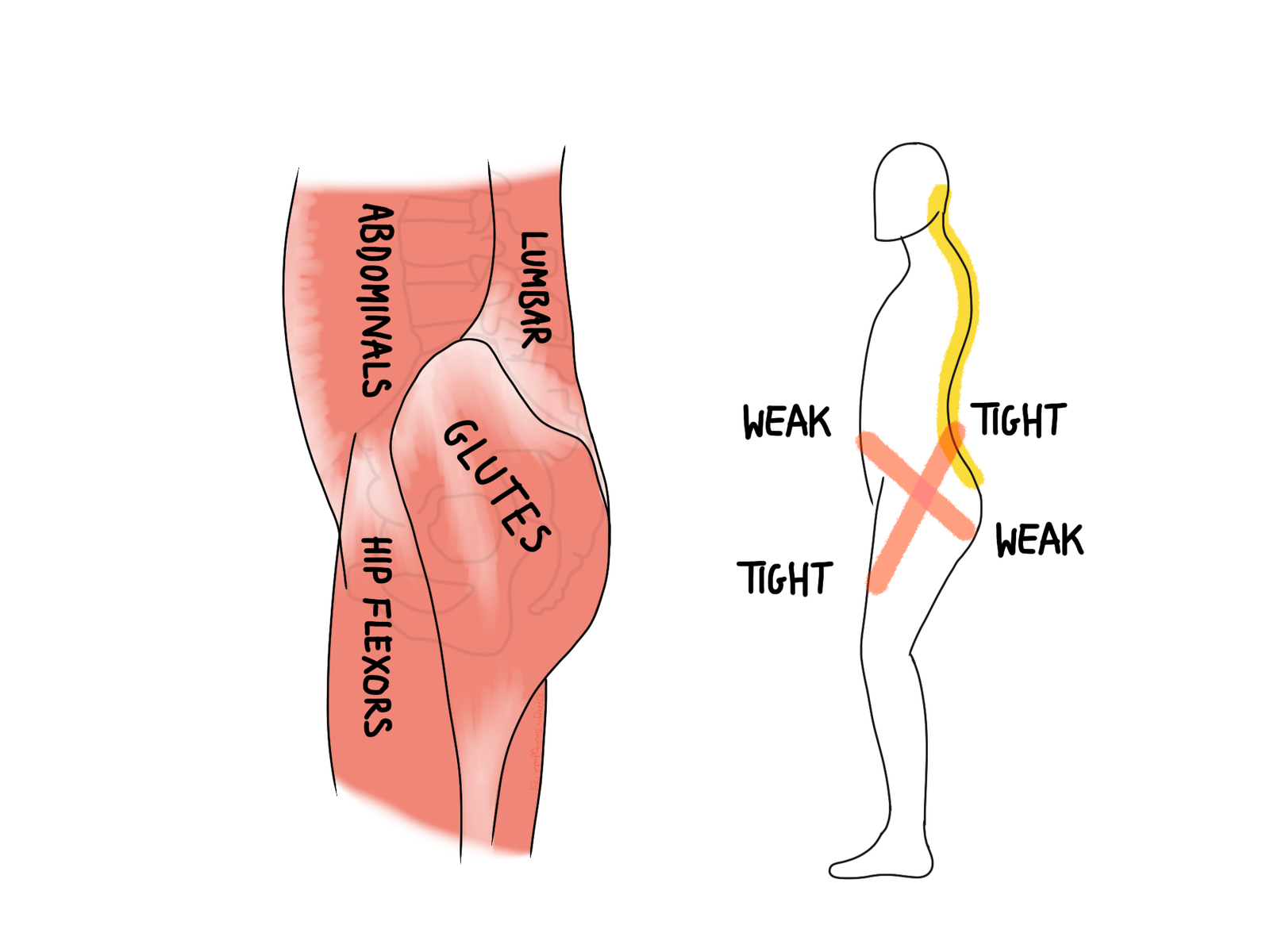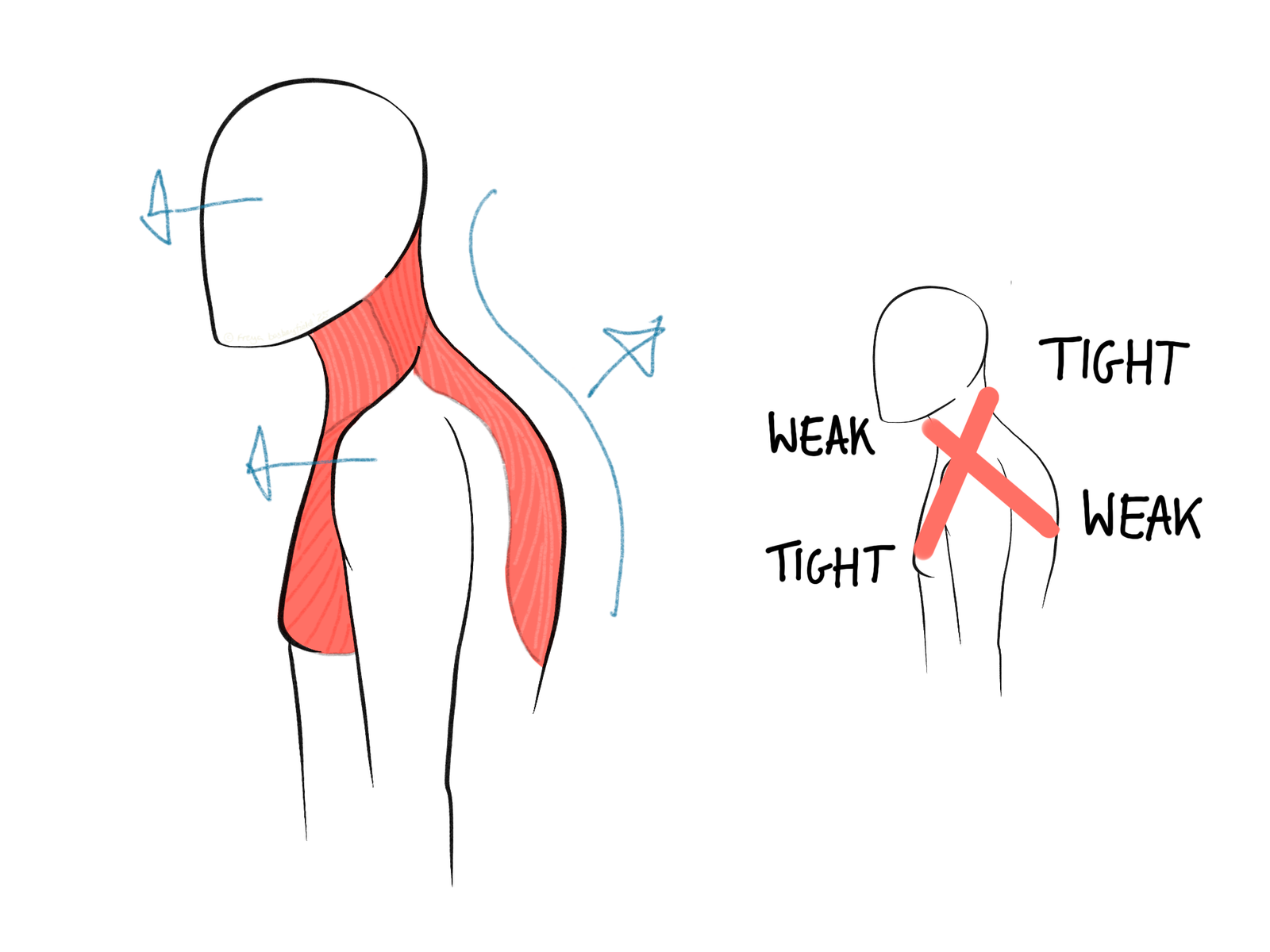Stoma- means body and gnath- means jaw, so the stomatognathic system is simply the relationship…

Plagiocephaly
Plagiocephaly is a common condition affecting the head shape of young babies.
How Does Plagiocephaly Develop?
When babies are born, the bones of their skulls are not fused together. This allows the head to travel easier through the birth canal, and explains why some babies are born with “cone shaped” heads that quickly correct themselves. The skull joints fuse over time, with the “soft spot” on the top of the head typically remaining until 18-24 months old.
Because of the malleability of the skull, it is prone to becoming misshapen in response to prolonged pressure. Very young babies are more likely to spend long periods of time with their heads in contact with something solid, such as their mattress, as they do not yet have the strength or control in their necks.
Plagiocephaly presents as a flat spot on one part of the head, typically between the back and side of the head. There may be a visible compensatory bulge elsewhere, although this can be very subtle. Brachycephaly is a form of plagiocephaly that affects the back of the head, and can cause some doming in the forehead.
Association with Torticollis
Torticollis is a condition where a muscle in the neck becomes tightened and restricts neck movement. This can make a baby more prone to developing a flat spot, as the same part of their head will continually contact surfaces when they are laid down. When this tightness is present from birth (whether or not it is immediately apparent), it is usually a simple condition that responds to massage and exercise.
You can read more about infant torticollis here.
Osteopathy and Plagiocephaly
The NHS recognises that physical therapy can help babies with tight neck muscles that play a role in their plagiocephaly. A small study suggested that hands on treatment for the head and neck may also help with plagiocephaly. Their advice for managing the condition mostly focuses on reducing time spent with pressure on the head. This translates to:
- more tummy time
- using a sling and other furniture some of the time
- change the side you hold them on to feed
- move toys and mobiles around their space to encourage them to look the other way
Babies often protest at tummy time- your osteopath may be able to help you find more comfortable ways to do this. Sometimes reflux or torticollis make tummy time more uncomfortable, so addressing these issues might help.
You may be keen to change your baby’s cot set-up in response to a diagnosis. The most important thing is that you continue to follow the safe sleep guidelines. Young babies should have nothing in the cot with them beyond a covered mattress, and a tucked blanket if you are not using a sleeping bag. Pillows are not recommended, and the mattress should be flat. The NHS does not routinely recommend helmets, headbands, or special cushions or mattresses for plagiocephaly.
Your paediatric osteopath will examine your baby’s head to be sure that this is just a flat spot. Rarely, the skull joints fuse too early, which can also cause the head to take on an unusual shape. This is craniosynostosis, and requires a referral back to your GP for monitoring.




